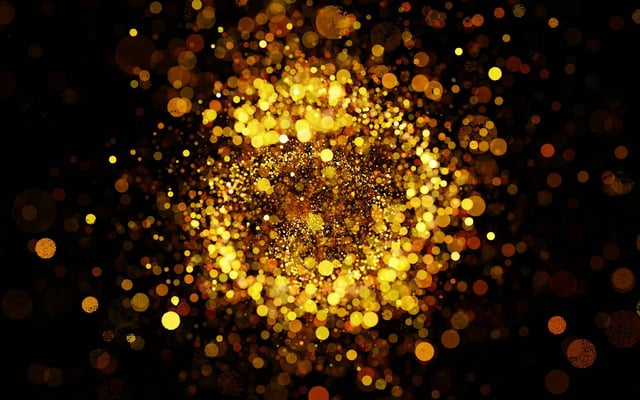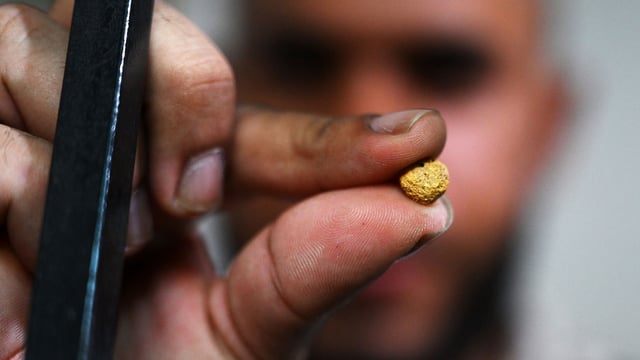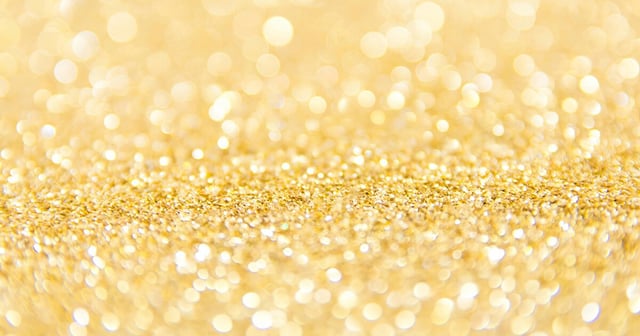Overview
- Scientists at CERN's Large Hadron Collider have observed the transmutation of lead into gold via near-miss collisions of lead nuclei traveling at nearly the speed of light.
- The process, called electromagnetic dissociation, ejects three protons from lead nuclei, briefly creating gold nuclei that exist only for microseconds before disintegrating.
- Run 2 of the ALICE experiment (2015–2018) produced 86 billion gold nuclei, equivalent to 29 picograms of gold, while Run 3 has nearly doubled this yield.
- The findings, published in *Physical Review C*, refine theoretical models of nuclear dissociation and enhance predictions of beam losses in particle accelerators.
- These insights are crucial for improving the performance of current colliders and guiding the design of next-generation facilities like the proposed Future Circular Collider.


